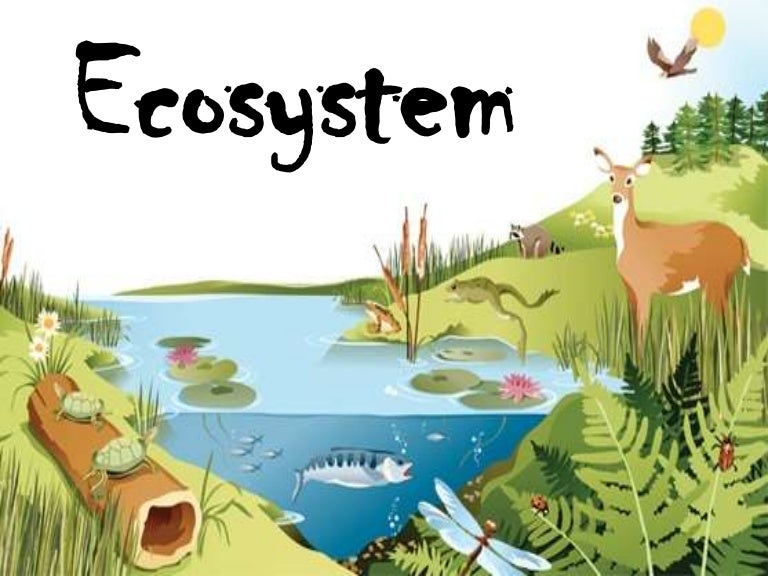In this new entry for this subject we will learn about the rich biodiversity of Ecuador.
Biodiversity is the term used to describe the variety of life on Earth. This includes: ecosystems, genetic diversity and cultural diversity. Here a brief explanation of each of these terms.
Ecosystems
Genetic diversity
Cultural diversity
Ecuadorian culture is not one single culture, it is a whole range of combined cultures.
Ecuador's official language is Spanish, but Quichua, an Incan language is spoken by the aboriginal population. Besides Spanish and Quichua, other languages are spoken in Ecuador, such as: Achuar, Cofán, Shuar, among others.
Ecuadorians people from each region can easily be identified by their clothing which have specific characteristics.
Additionally, in Ecuador you can find different kinds of food depending on the region you visit.
Here in the Coast you can enjoy delicious dishes such as: ceviche, viche, tigrillo, corviches, apanado, camotillo, etc...
Ecosystems
It
refers to any living things such as plants, animals, and organisms
interacting with each other, and also with non-living environments, such
as weather, sun, water, air, soil, climate, atmosphere.
In an ecosystem, every organism
or living thing has an important role. For example: A plant depends on
water, sunlight, air, nutrients, and temperature to survive.
Genetic diversity
It is the total number of genetic characteristics in the genetic makeup of species.
Each individual possesses genes which
are
the source of its own unique features.
In the below picture it can be appreciated that every human has different characteristics.
In the below picture it can be appreciated that every human has different characteristics.
Cultural diversity
Ecuadorian culture is not one single culture, it is a whole range of combined cultures.
Ecuador's official language is Spanish, but Quichua, an Incan language is spoken by the aboriginal population. Besides Spanish and Quichua, other languages are spoken in Ecuador, such as: Achuar, Cofán, Shuar, among others.
Ecuadorians people from each region can easily be identified by their clothing which have specific characteristics.
Additionally, in Ecuador you can find different kinds of food depending on the region you visit.
Here in the Coast you can enjoy delicious dishes such as: ceviche, viche, tigrillo, corviches, apanado, camotillo, etc...
Biodiversity also refers to the connections between different species. The diversity of species on Earth is incredible. There are more than 1.7 million species that have been discovered and it is estimated that there are millions more that we do not know yet. There are millions of plants and animals which interact each other in different ways.
Ecuador is one of the most biodiverse countries in the world; it has the largest amount of plants and animals species. Galapagos is one of the most endemic islands and it is located in Ecuador. Additionally several areas represent a unique ecosystem due to the high diversity they possess.
Several factors are decreasing biodiversity, such as illegal wildlife trade, fires, urban growth, roads construction, and illegal logging.
To solve this problem, it is necessary to encourage people to work together for the conservation of nature, and to implement educational projects and programs to start doing this with the young ones.
It is also necessary that the Constitution approves nature's rights and has more control over activities which destroy nature.
Flora
Fauna
VOCABULARY CONNECTION Flora
It refers to the plants of a particular region or time period.
Ecuador has 10 per cent of the earth's plants. There a big amount of plant species in the Amazon Rainforest.
Fauna
It refers to the animals of a particular place or time period.
Ecuador has 80 per cent of the animals and 18 per cent of the bird species. Ecuador has a big amount of vertebrates, mammals, reptiles, amphibian, fish, butterflies, etc...
Ecuador has 80 per cent of the animals and 18 per cent of the bird species. Ecuador has a big amount of vertebrates, mammals, reptiles, amphibian, fish, butterflies, etc...
(Use the vocabulary in green)




No hay comentarios:
Publicar un comentario